Many of the figure. 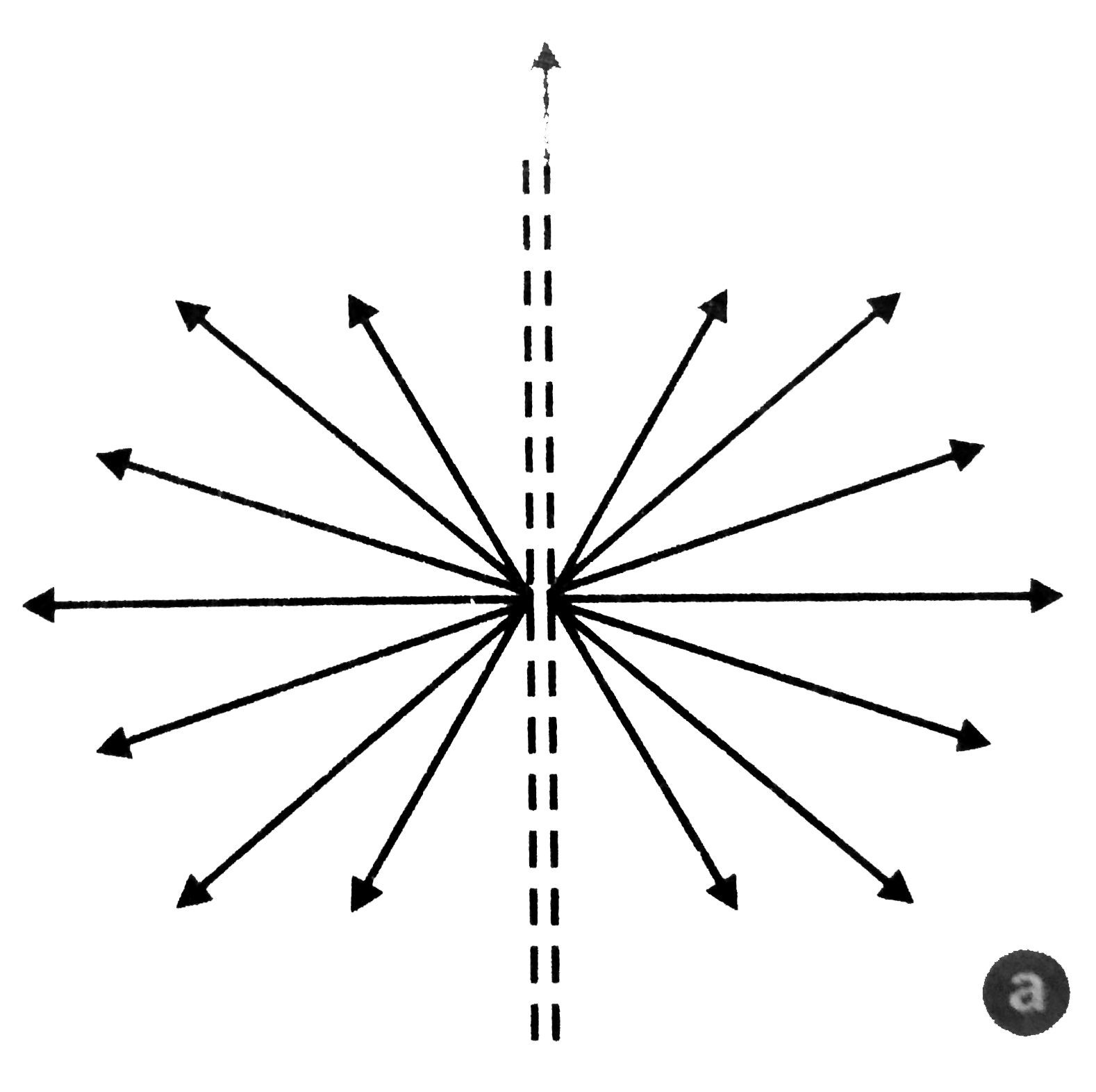 show magnetic field lines wrongly (thick lines in the figs). Point out what is wrong with them. Some of them may describe electrostatic field lines correctly. Point out which ones. Remember we are talking of only static electric or magnetic field.
show magnetic field lines wrongly (thick lines in the figs). Point out what is wrong with them. Some of them may describe electrostatic field lines correctly. Point out which ones. Remember we are talking of only static electric or magnetic field.
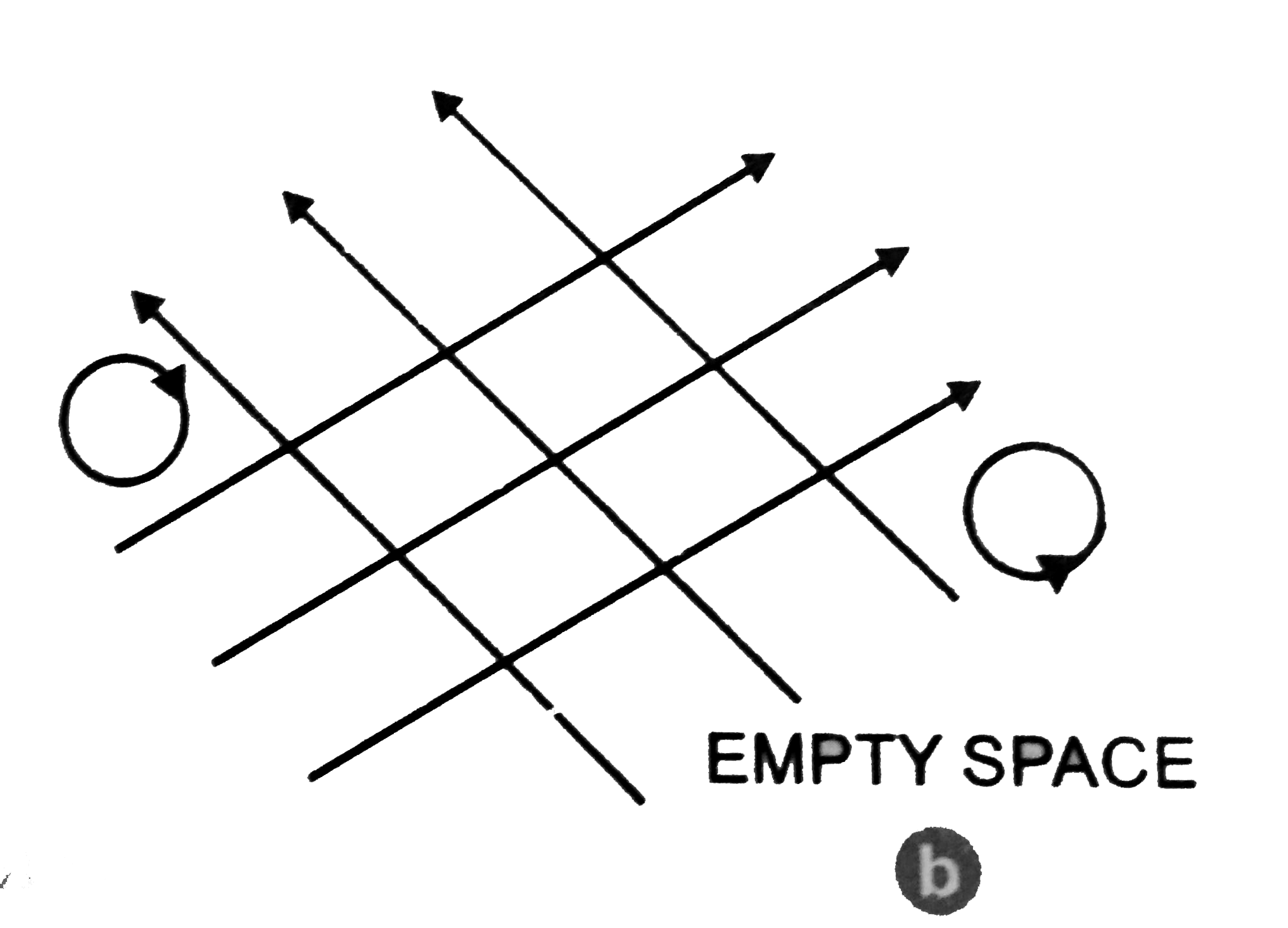
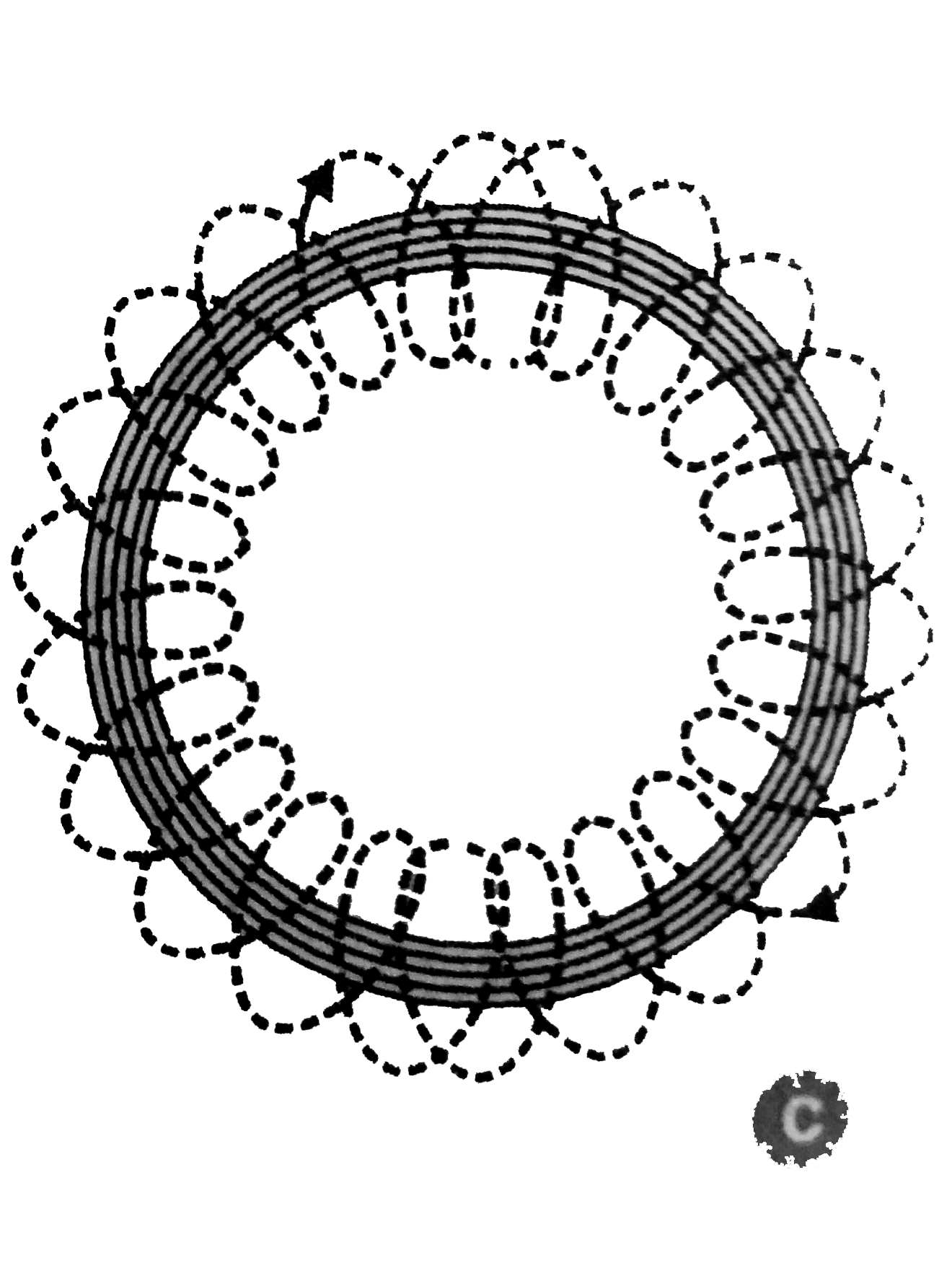

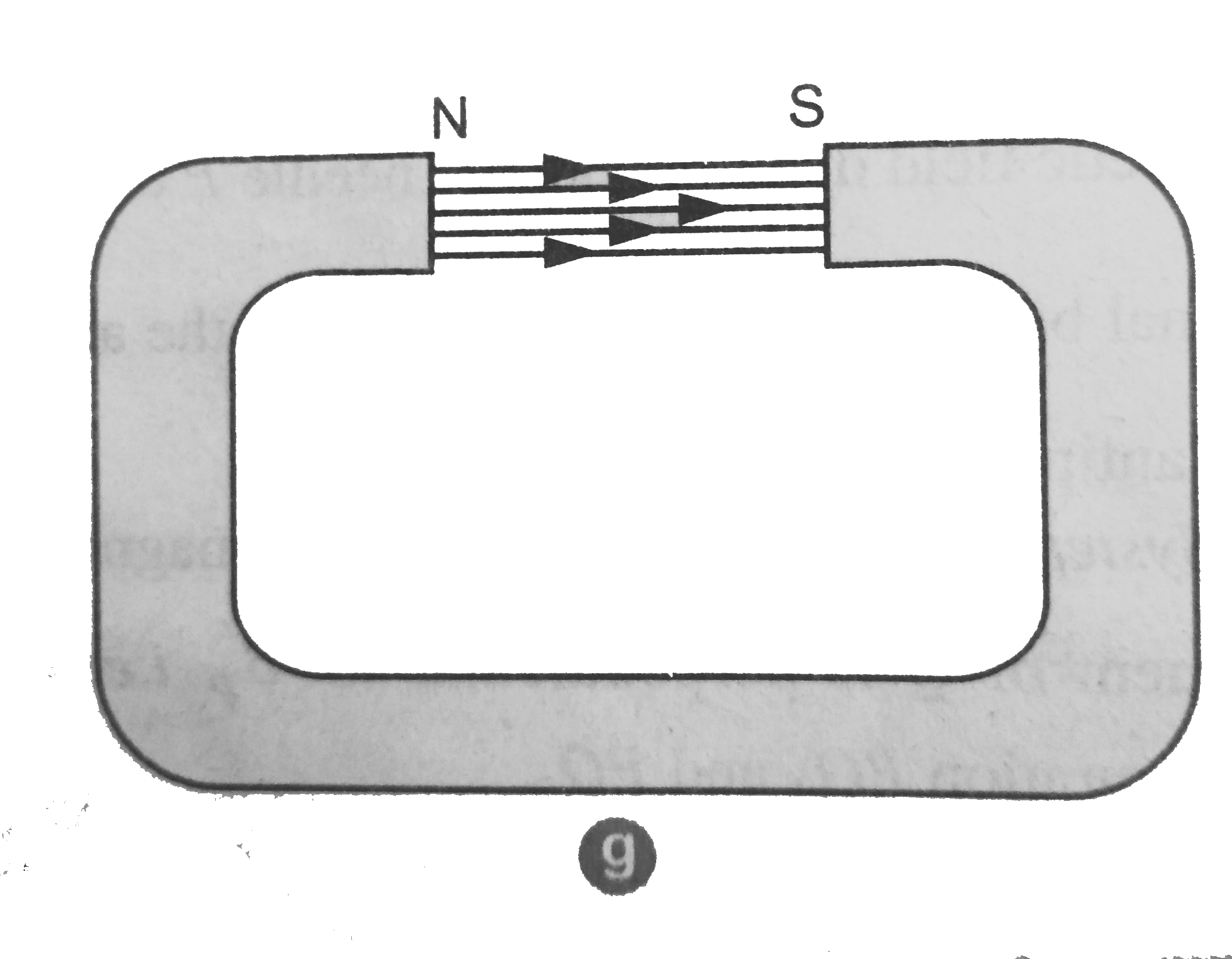
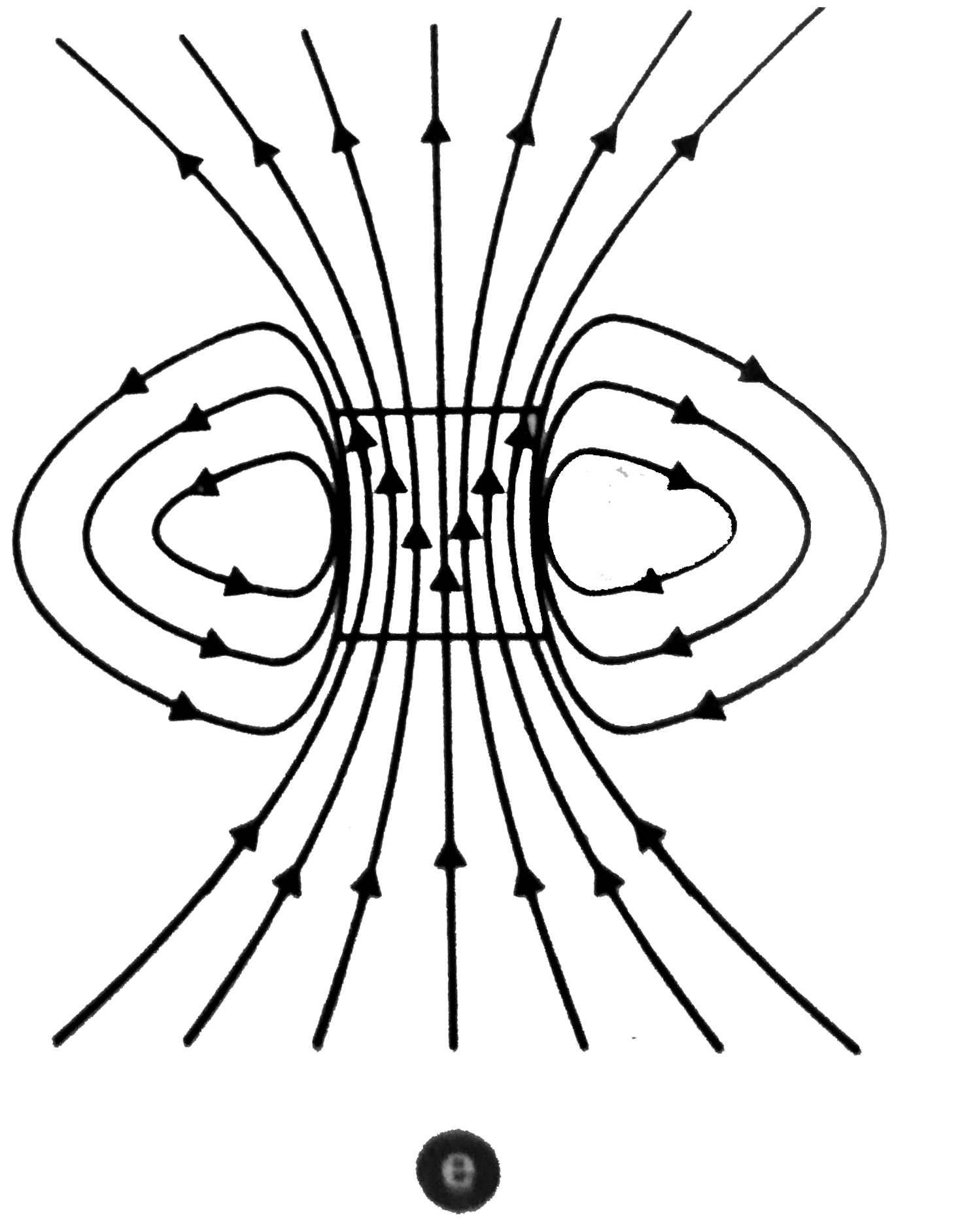
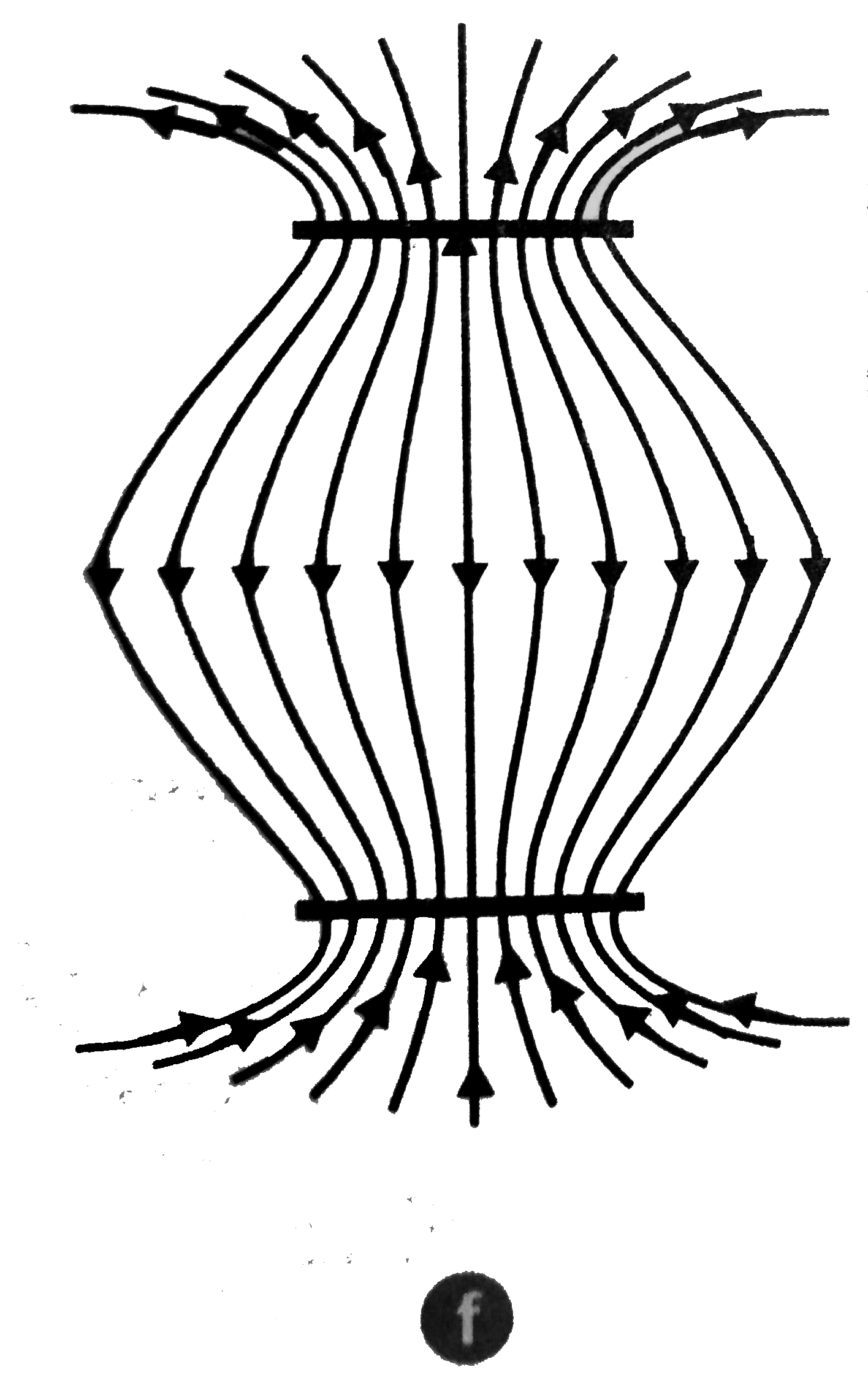
Text Solution
(a) Wrong. Magnetic field lines can never emanate from a point, as shown in figure. Over any closed surface, the net flux of B must always be zero, i.e., pictorially as many field lines should seem to enter the surface as the number of lines leaving it. The field lines shown, in fact, represent electric field of a long positively charged wire. The correct magnetic field lines are circling the straight conductor, as described in Chapter 4.
(b) Wrong. Magnetic field lines (like electric field lines) can never cross each other, because otherwise the direction of field at the point of intersection is ambiguous. There is further error in the figure. Magnetostatic field lines can never form closed loops around empty space. A closed loop of static magnetic field line must enclose a region across which a current is passing. By contrast, electrostatic field lines can never form closed loops, neither in empty space, nor when the loop encloses charges. (c) Right. Magnetic lines are completely confined within a toroid. Nothing wrong here in field lines forming closed loops, since each loop encloses a region across which a current passes. Note, for clarity of figure, only a few field lines within the toroid have been shown. Actually, the entire region enclosed by the windings contains magnetic field. (d) Wrong. Field lines due to a solenoid at its ends and outside cannot be so completely straight and confined, such a thing violates Ampere’s law. The lines should curve out at both ends, and meet eventually to form closed loops. (e) Right. These are field lines outside and inside a bar magnet. Note carefully the direction of field lines inside. Not all field lines emanate out of a north pole (or converge into a south pole). Around both the N-pole, and the S-pole, the net flux of the field is zero. (f) Wrong. These field lines cannot possibly represent a magnetic field. Look at the upper region. All the field lines seem to emanate out of the shaded plate. The net flux through a surface surrounding the shaded plate is not zero. This is impossible for a magnetic field. The given field lines, in fact, show the electrostatic field lines around a positively charged upper plate and a negatively charged lower plate. The difference between Fig. [5.7(e) and (f)] should be carefully grasped. (g) Wrong. Magnetic field lines between two pole pieces cannot be precisely straight at the ends. Some fringing of lines is inevitable. Otherwise, Ampere’s law is violated. This is also true for electric field lines.
|
Topper's Solved these Questions
- MAGNETISM AND MATTERBook:NCERT ENGLISHChapter:MAGNETISM AND MATTERExercise:Exercise
Explore 25 Videos
- ELECTROSTATIC POTENTIAL AND CAPACITANCEBook:NCERT ENGLISHChapter:ELECTROSTATIC POTENTIAL AND CAPACITANCEExercise:Exercise
Explore 37 Videos
- MOVING CHARGES AND MANGNETISM Book:NCERT ENGLISHChapter:MOVING CHARGES AND MANGNETISM Exercise:Exercise
Explore 28 Videos
Similar Questions
Knowledge Check
Magnetic field at a point on the line of current carrying conductor is
AmaximumBinfinityCzeroDfinite valueWhich of the following magnetic field (static) lines are correctly represented
A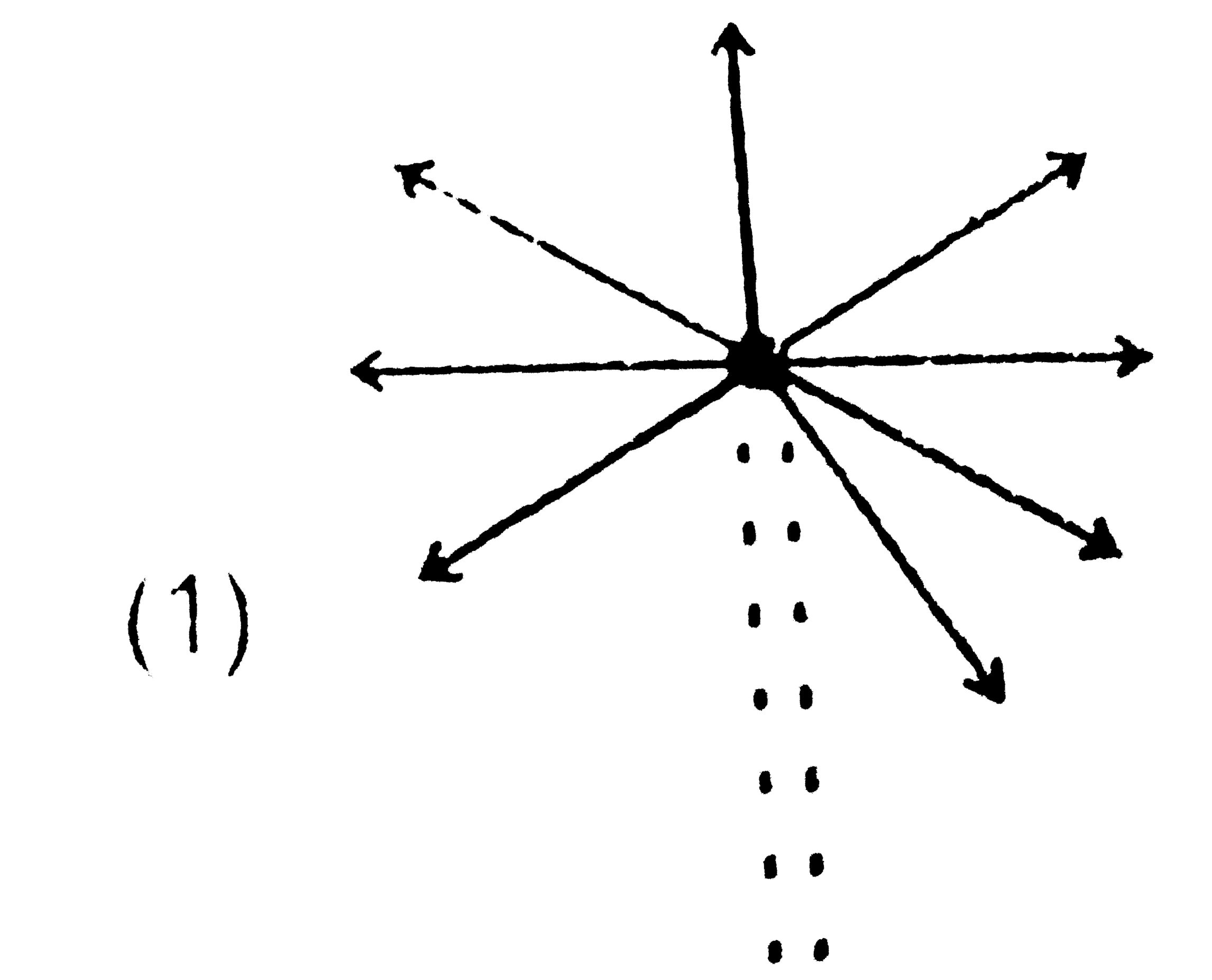 B
B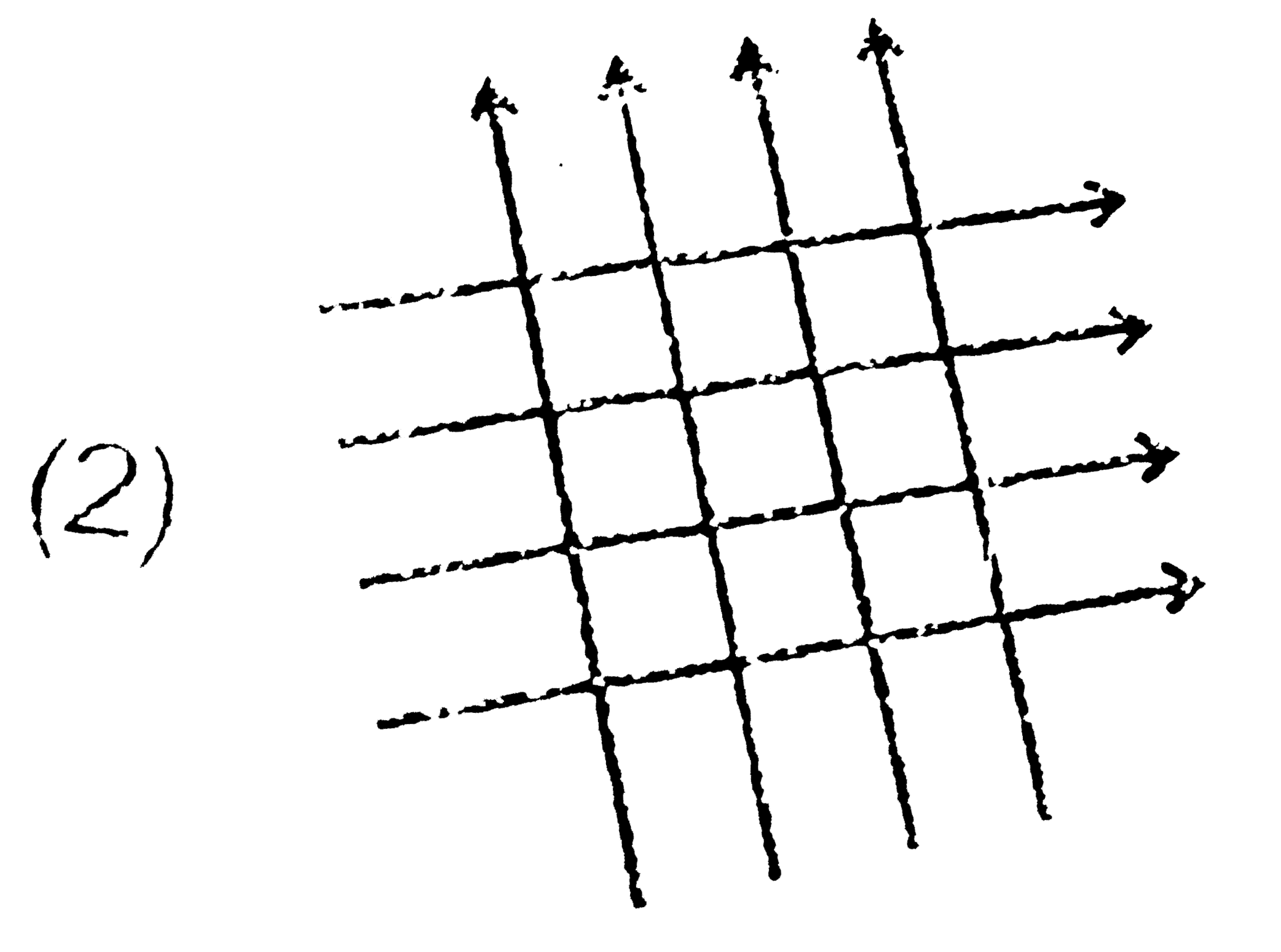 C
C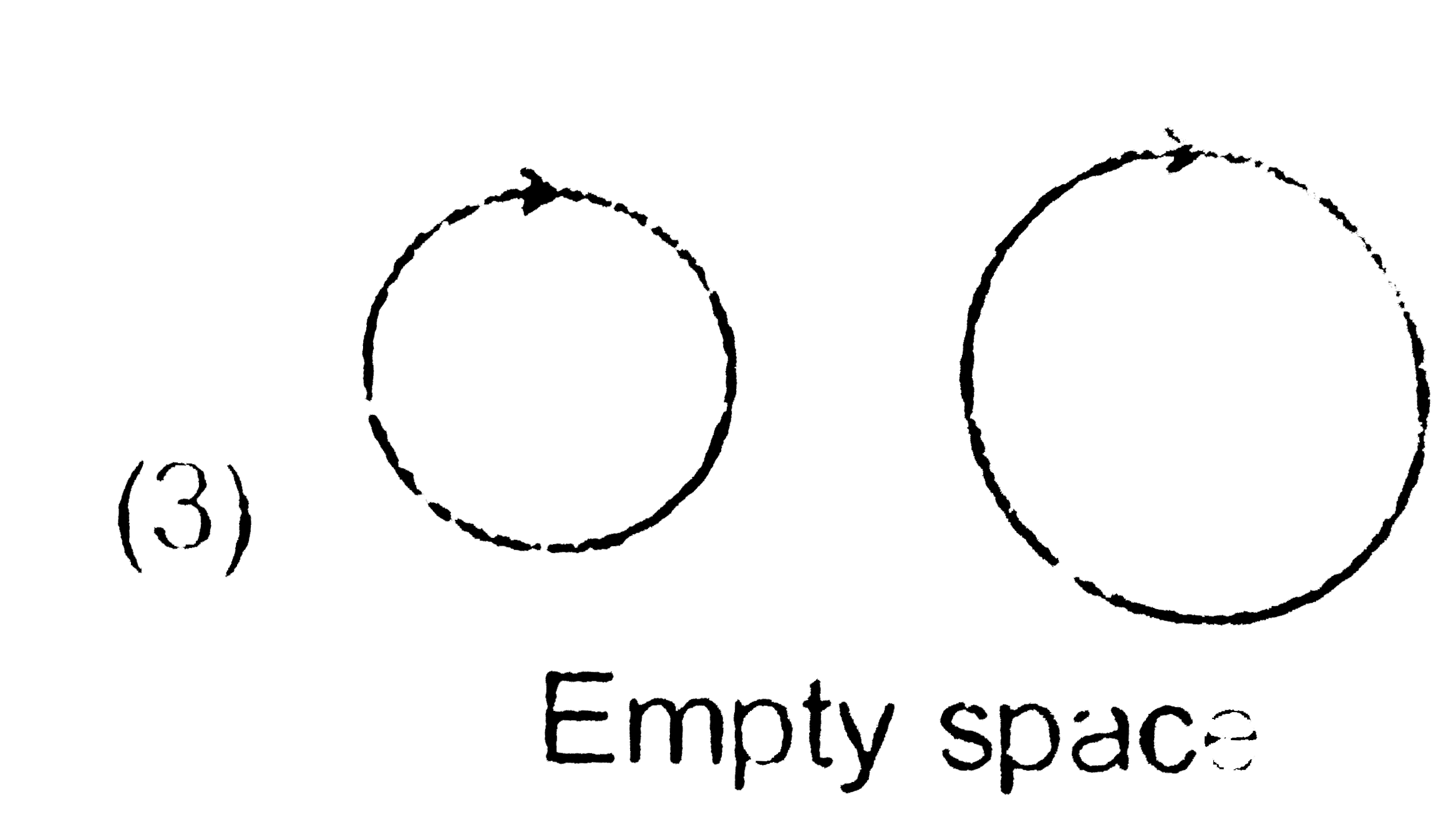 D
D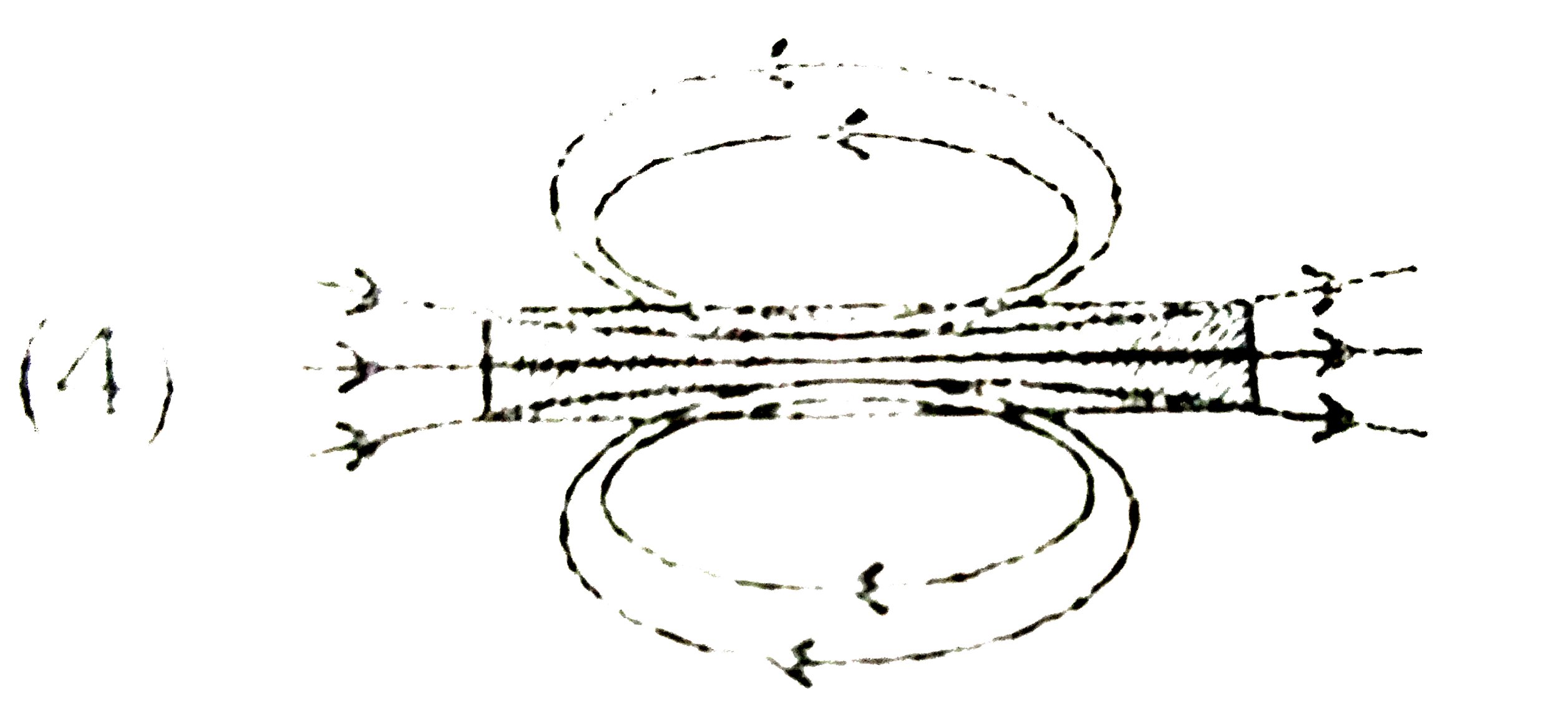
The figure shows the electric field lines in the vicinity of two point charges. Which one of the following statements concerning this situation is true ?
Aq1 is negatuve and q1 is positiveBThe magnitude of ratio (q2/q1) is less than oneCBoth q1 and q2 havve the same sign of charge
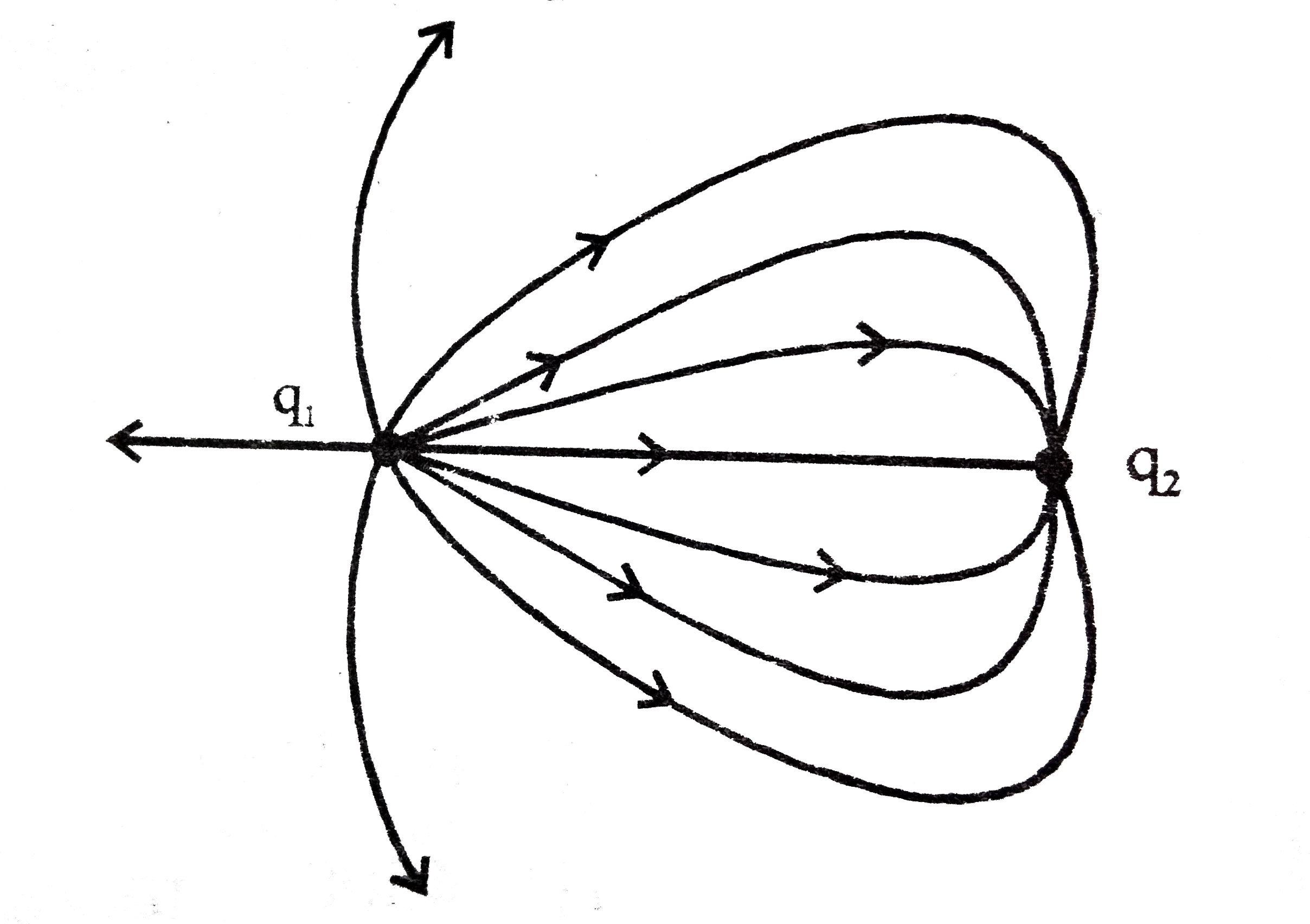 DThe electric field is strongest midway between the charges
DThe electric field is strongest midway between the charges
What are magnetic field lines? How is the direction of a magnetic field at a point determined? Mention two important properties of magnetic field lines.
View SolutionWhat are magnetic field lines? How is the direction of a magnetic field at a point determined? Mention two important properties of magnetic field lines.
View SolutionPoint out the correct direction of magnetic field in the given figures.
View SolutionPoint out the correct direction of magnetic field in the given figures.
View SolutionThe figure shows some of the electric field lines corresponding to an electric field. The figure suggests
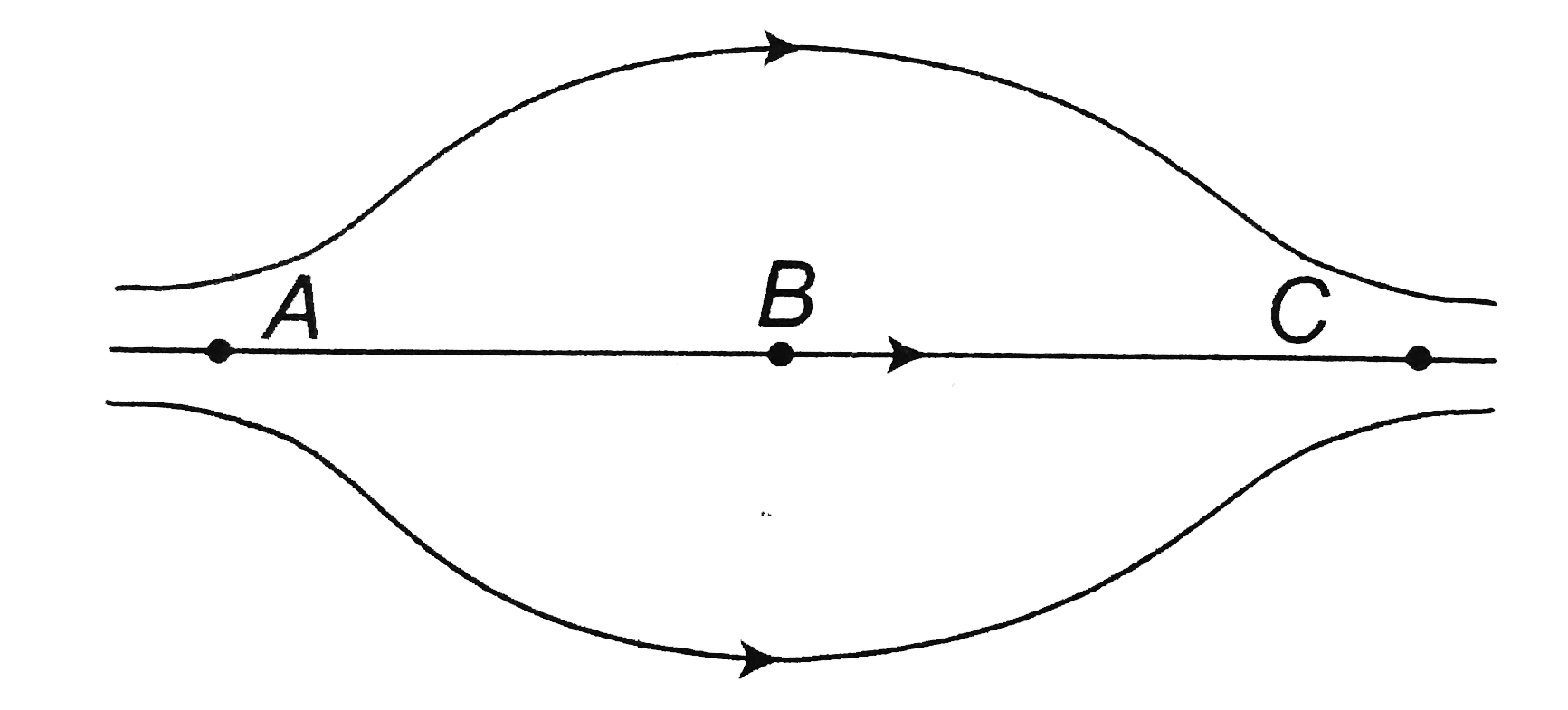
View Solution
